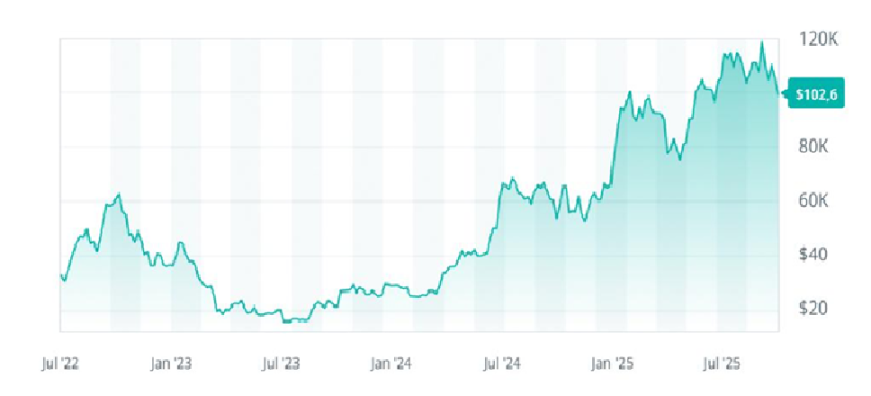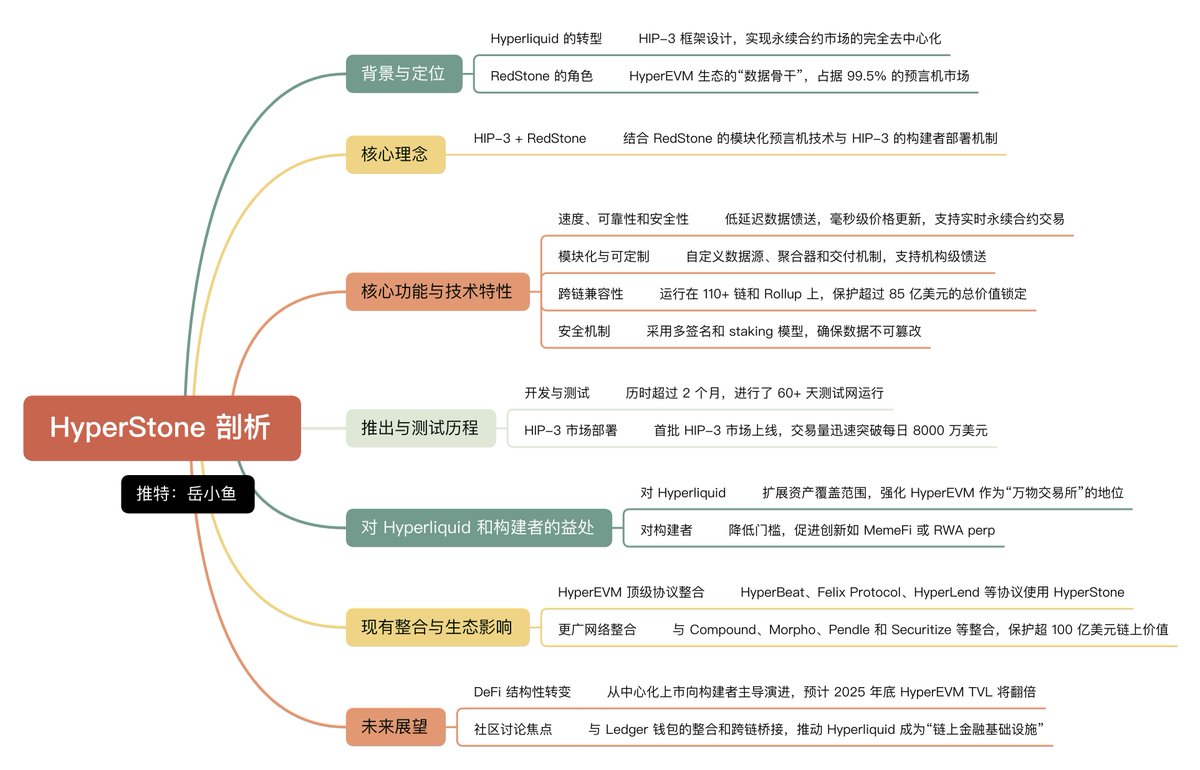For the upcoming "Christmas rally," which is more worth looking forward to: bitcoin or gold?
This year, the state of the economy has become the most crucial factor in determining whether the Christmas rally will arrive as expected.
This year, the state of the economy has become the most critical factor in determining whether the Christmas rally will arrive as expected.
Written by: Ashrith Rao
Translated by: Chopper, Foresight News
The so-called "Christmas rally" refers to the phenomenon where the cryptocurrency market typically sees a price surge in the last few weeks of December through early January of the following year. This trend is driven by multiple factors, including annual capital reallocation triggered by institutions and traders adjusting their portfolios, as well as a seasonal boost in investor confidence.
During the holidays, market liquidity tends to decline, which may amplify price volatility and further fuel the rally's momentum. The market behavior of crypto assets throughout the year and during the Christmas period shows significant differences. Although this trend originated in traditional stock markets, it has begun to be reflected in the gold market and, more recently, in the bitcoin market.
Whenever global markets slow down due to the holidays, market participants reassess the likelihood of a Christmas rally. In periods of low liquidity or shifting market sentiment, gold and bitcoin may react very differently.
Now, investors are hotly debating: during the anticipated seasonal surge in December, which asset class—gold or bitcoin—will benefit more?
For generations, people have purchased gold to protect their wealth from inflation. Central banks around the world also hold large reserves of gold as a key component of foreign exchange reserve management and monetary policy.
At the end of each year, seasonal demand for gold often rises, usually due to a combination of factors:
- During festival and wedding seasons in India and China, jewelry purchases typically increase;
- Central banks continue to adjust their reserve structures, tending to increase gold holdings;
- Institutions conduct year-end risk management and portfolio adjustments.
Gold’s Holiday Performance
December is usually not a month of explosive gold price surges, but rather a period of gradual increases. In times of economic downturn or geopolitical turmoil, gold often exhibits stronger safe-haven properties than other assets.
Although gold prices fluctuate with the broader economy, they rarely deliver the astonishing returns seen in cryptocurrencies.
Even so, this year gold prices have soared, repeatedly hitting all-time highs, peaking at $4,380 per ounce, followed by an unprecedented correction.
In recent weeks, gold has rebounded from a sharp decline and is now trading above $4,100 per ounce, showing strong performance. In this highly active market, long positions have yielded significant profits.
With the end of the U.S. government shutdown and national debt expected to soon reach a historic high of $40 trillions, this precious metal has rebounded from a deep slump.
Currently, gold prices are only 7% below their all-time high, and investors are well aware that after the government shutdown ends, deficit spending will only increase further.
Bitcoin: The New Choice for Value Storage
Since bitcoin prices hit around $16,000 in November 2022, the view that "bitcoin is digital gold" has gained widespread acceptance, and its price has continued to rise since then.
On December 5, 2024, bitcoin broke through the $100,000 mark for the first time and has since repeatedly held above that level. At its peak in October this year, bitcoin prices surpassed $125,000, but like gold, it subsequently experienced a sharp correction.
Even so, bitcoin has largely held the key psychological level of $100,000, with only a few brief dips below it.
Bitcoin’s decentralized structure and fixed supply of 21 million coins make it a potential choice for hedging against monetary inflation.
However, overall, bitcoin is considered a riskier investment than gold: when investor confidence is high, its price can soar; when confidence wanes, it can also plummet.
Historically, bitcoin’s performance in the fourth quarter of each year has often been remarkable.

Data source: TradingView
Macroeconomic Factors as the Core Driver This Year
This year, the state of the economy has become the most critical factor in determining whether the Christmas rally will arrive as expected.
The availability of market funds, price stability indicators, and central bank policies—especially those of the Federal Reserve—are all core influencing factors.
At the Federal Reserve’s policy meeting in October 2025, the central bank cut the federal funds rate by 25 basis points, setting a new target range of 3.75%-4.00%. This rate cut was in line with market expectations and followed another cut in September, bringing borrowing costs to their lowest levels since the end of 2022.
Lower interest rates typically lead to a weaker dollar, which may boost investor interest in alternative assets such as bitcoin.
Reports show that in September 2025, the official U.S. inflation rate was 3.0%, up from 2.9% in August; however, core inflation fell slightly from 3.1% to 3.0%. During periods of high inflation, market attention to alternative assets like bitcoin and safe-haven assets like gold tends to rise significantly.
Unlike traditional assets, bitcoin’s liquidity exhibits greater volatility.
Institutional purchases of bitcoin exchange-traded funds (ETFs), as well as small capital inflows, can have a significant impact on short-term price fluctuations.
The core difference between the two asset classes lies in their buyer groups: gold’s main buyers are jewelers, sovereign wealth funds, and central banks; bitcoin’s core supporters are young digital currency enthusiasts, tech pioneers, and retail investors.
Comparing the Past Performance of Gold and Bitcoin
In recent years, both asset classes have risen in tandem during several rallies, a trend that has been particularly evident in 2025. However, there have also been multiple instances where "one asset rallies first, and the other only starts its upward cycle afterward."
In 2020, to counter the economic recession caused by the pandemic, governments around the world launched massive stimulus programs. As fiat currencies depreciated, investors seeking to preserve their assets flocked to those promising stability.
At the beginning of that year, gold prices surged; in the second half, bitcoin gained momentum. In December 2020, gold closed at $1,900, a modest increase; bitcoin, on the other hand, approached a stage high, closing at around $29,000.
This case shows that in times of ample market liquidity and low interest rates, bitcoin usually outperforms traditional assets like gold.
From 2021 to 2022, inflation soared and central banks responded with sharp rate hikes.
During this market crash, speculative risk assets like bitcoin suffered heavy losses. Market participants turned to gold, the traditional safe-haven asset, whose price experienced multiple rounds of increases, demonstrating strong resilience.
This indicates that in times of monetary tightening and market stress, gold’s ability to preserve value usually surpasses that of bitcoin.
Due to the government shutdown, data was frozen, but now that the fiscal deadlock in Washington has ended, the release of inflation data will largely determine which of the two asset classes will win the Christmas rally.
Disclaimer: The content of this article solely reflects the author's opinion and does not represent the platform in any capacity. This article is not intended to serve as a reference for making investment decisions.
You may also like
Leading DEXs on Base and OP will merge and expand deployment to Arc and Ethereum
Uniswap's new proposal reduces LP earnings, while Aero integrates LPs into the entire protocol's cash flow.

The Future of Hyperliquid: HIP-3 and HyperStone
The future of Hyperliquid lies in HIP-3, and the foundation of HIP-3 is HyperStone.

A New Era of Token Financing: A Milestone for Compliant Fundraising in the United States
Asset issuance in the crypto industry is entering a new era of compliance.

Circle, the First Stablecoin Stock, Releases Q3 Financial Report: What Are the Highlights?
By the end of the third quarter, the circulating supply of USDC reached $73.7 billion, representing a year-on-year increase of 108%.

